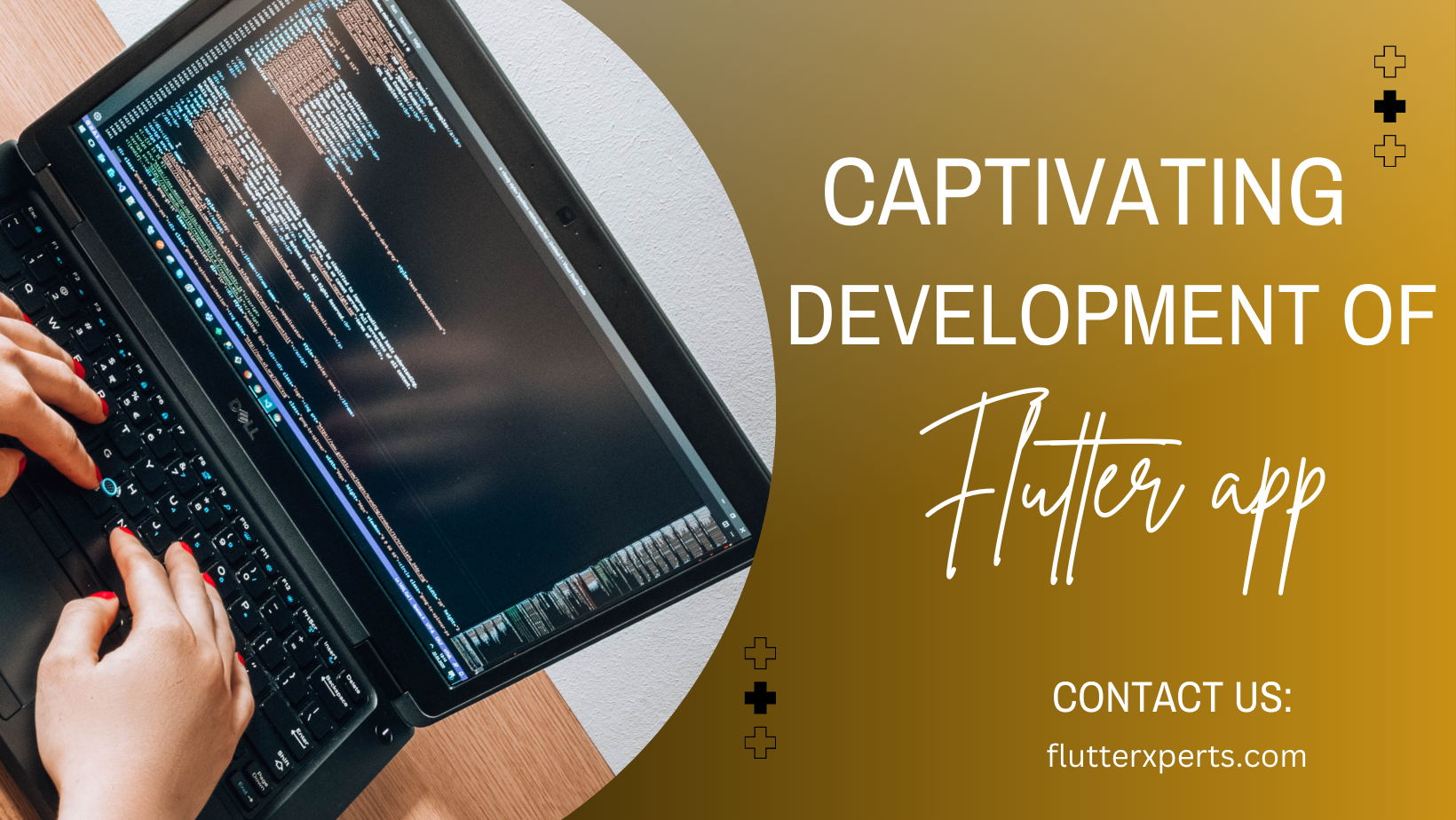Mastering Animation and Transitions in Flutter Apps
Mobile applications have revolutionized the way we interact with technology, and one crucial aspect of delivering exceptional user experiences lies in incorporating smooth animations and transitions. In this guide, we’ll dive deep into the world of Flutter app animations and transitions. Whether you’re a seasoned developer or just getting started, you’ll learn how to create captivating visual effects that enhance your Flutter apps.
Introduction to Animations in Flutter
Animations bring life to your mobile applications by adding motion and dynamism. In Flutter, animations are essential for creating engaging user interfaces. Whether it’s a subtle fade-in effect or a complex animation sequence, Flutter provides a powerful set of tools to achieve your desired effects.
Benefits of Using Animations in Flutter Apps
- Enhanced User Experience: Animations make your app feel more responsive and interactive, leading to better user engagement.
- Guided User Flow: Animations can guide users through the app, highlighting important features and actions.
- Visual Appeal: Well-designed animations enhance the visual appeal of your app, leaving a lasting impression.
- Feedback and Feedback: Animations provide feedback to users about their actions, enhancing usability.
Basics of Animation Widgets in Flutter
Flutter offers a variety of built-in animation widgets that simplify the process of creating animations. Here’s a brief overview of some commonly used animation widgets:
AnimatedContainer:
The AnimatedContainer widget smoothly transitions between different property values, such as size, color, and alignment.
AnimatedContainer(
duration: Duration(seconds: 1),
width: _isSelected ? 200 : 150,
height: _isSelected ? 200 : 150,
color: _isSelected ? Colors.blue : Colors.red,
child: Center(child: Text('Tap Me')),
)
AnimatedOpacity:
The AnimatedOpacity widget fades in or out based on the opacity value.
AnimatedOpacity(
opacity: _isVisible ? 1.0 : 0.0,
duration: Duration(seconds: 1),
child: Text('Fading Text'),
)
Understanding Different Types of Transitions
Transitions are an integral part of animations, enabling smooth visual changes when navigating between different parts of your app. Flutter supports various types of transitions:
- Page Transitions: Navigational transitions between different screens using tools like
PageRouteBuilder. - Shared Element Transitions: Creating seamless transitions for elements shared between screens.
- Hero Animations: Making elements “fly” between screens while maintaining their visual properties.
Navigator.push(
context,
PageRouteBuilder(
transitionDuration: Duration(seconds: 1),
pageBuilder: (context, animation, secondaryAnimation) {
return SecondScreen();
},
transitionsBuilder: (context, animation, secondaryAnimation, child) {
return FadeTransition(opacity: animation, child: child);
},
),
);
Creating Custom Animations with Flutter
While Flutter provides a range of built-in animation widgets, you can also create custom animations to achieve unique effects. Here’s a simplified example of creating a custom rotation animation:
class CustomRotationAnimation extends StatefulWidget {
@override
_CustomRotationAnimationState createState() => _CustomRotationAnimationState();
}
class _CustomRotationAnimationState extends State<CustomRotationAnimation> {
double _rotationAngle = 0;
@override
Widget build(BuildContext context) {
return GestureDetector(
onTap: () {
setState(() {
_rotationAngle += 45;
});
},
child: Transform.rotate(
angle: _rotationAngle,
child: Icon(Icons.refresh),
),
);
}
}
Optimizing Performance for Flutter App Animations
While animations enhance user experiences, poorly optimized animations can lead to performance issues. Consider the following tips for optimizing your Flutter app animations:
- Use Animated Widgets Wisely: Choose the appropriate animated widgets based on your animation needs to avoid unnecessary overhead.
- Minimize Overdraw: Reduce overdraw by using efficient layout structures and minimizing layers.
- Hardware Acceleration: Leverage Flutter’s built-in hardware acceleration to improve animation performance.
Best Practices for Implementing Animations
- Keep it Subtle: Subtle animations often yield the best results, avoiding overwhelming users with excessive motion.
- Consistency: Maintain a consistent animation style throughout your app for a cohesive user experience.
- User Control: Provide options for users to control or disable animations, respecting their preferences.
Real-world Examples of Flutter App Animations
Let’s explore a real-world example where animations play a crucial role in enhancing the user experience.
Example: Weather App
Imagine a weather app that displays weather conditions using animated icons and background transitions. Sunny days feature a bright and cheerful background, while rainy days showcase falling raindrops.
Conclusion
Incorporating animations and transitions into your Flutter apps can significantly elevate the overall user experience. From basic animations to complex transitions, Flutter provides a comprehensive toolkit to bring your app to life. By mastering animation widgets, understanding various transition types, and optimizing performance, you’ll create visually stunning and engaging mobile applications.
FAQs
Q1: Can I use custom animations for complex user interactions? Absolutely! Flutter’s flexibility allows you to create custom animations tailored to your app’s unique needs. You can achieve intricate animations by combining various widgets and animation techniques.
Q2: Are animations resource-intensive? While animations can consume resources, Flutter’s optimization features and hardware acceleration help mitigate performance concerns. By following best practices and optimizing your code, you can maintain smooth animations without sacrificing performance.


